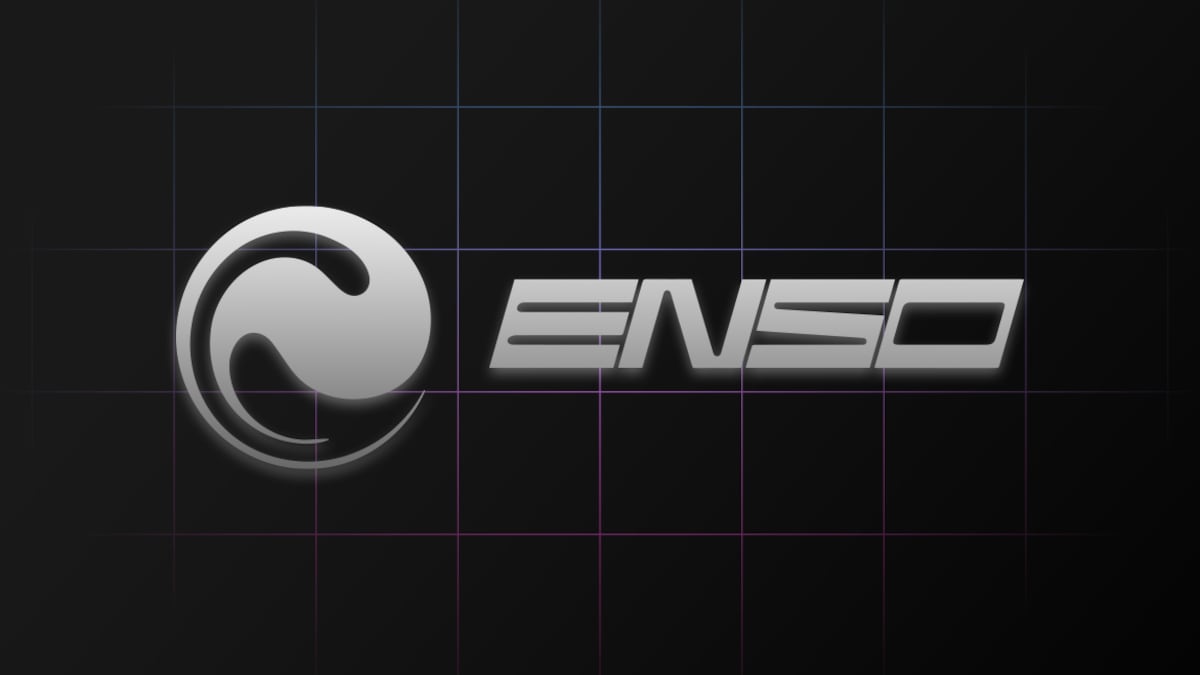Enso’s intent-based architecture addresses key challenges in blockchain development, aiming to make the technology more accessible.
By removing complex technical barriers, it enables developers to focus on building meaningful applications rather than solving infrastructural issues.
Challenges in blockchain development
Blockchain technology often operates in what are called ‘silos,’ with tokens, liquidity, and state data locked within specific ecosystems.
Blockchain technology often operates in ‘silos,’ with tokens, liquidity, and state data locked within individual ecosystems.
These isolated environments make it difficult for blockchains to interact with one another, limiting interoperability and increasing the complexity of cross-chain operations.
Additionally, developers frequently face a lack of essential infrastructure.
Instead of working on applications, they must first spend significant time building foundational tools and manual integrations.
This slows the release of functional decentralised applications (dApps), and ultimately, innovation.
How intent-based architecture can help
Intent-based architecture aims to simplify these challenges.
It allows users to specify their desired outcomes while the system handles the technical execution behind the scenes.
For example, instead of coding intricate cross-chain processes, developers can simply state what they want the application to do, and the system takes care of the rest.
However, for intent systems to work effectively across multiple blockchains, they require a unifying layer that connects otherwise isolated ecosystems.
Without such a foundation, blockchains remain disconnected, forcing developers to perform manual integrations that undercut the simplicity intent-based systems are meant to provide.
Enso: A foundational layer for intent-based development
Initially launched as a decentralised finance (DeFi) platform, Enso has evolved into an API middle layer designed to support intent-based architecture.
Developers can define their goals, while network participants contribute the smart contract abstractions needed to fulfil these intent requests.
A key innovation in Enso’s approach is its shared network state, which centralises data from rollups and appchains into a unified ledger. This unification reduces complexity, increases accuracy, and enhances interoperability across blockchains.
To date, Enso supports over 60 projects, enabling processes like token swaps, staking, and yield optimisation.
These are delivered through predefined workflows called shortcuts, catalogued in Enso’s Smart Contract Library, which provide clear instructions for interacting with specific protocols.
Enso ecosystem participants
Enso’s network relies on four main participant roles, each incentivised through the native $ENSO token:
- Action Providers: Publish smart contract abstractions and earn rewards when used.
- Graphers: Create executable solutions from abstractions and compete to fulfil intent requests.
- Validators: Authenticate solutions, ensuring quality and compliance while securing the network.
- Consumers: Submit intent requests and pay fees for network services.
Broadening blockchain accessibility
Intent-based architecture doesn’t just simplify blockchain development; it also opens the door for industries and developers outside the web3 space.
Organisations that previously lacked the resources or expertise to create blockchain solutions can now use intent-based systems to build tools without needing deep technical knowledge.
This democratisation of blockchain development creates a virtuous cycle: more use cases attract more users, increasing familiarity and demand for blockchain-based solutions.
As adoption grows, innovation accelerates, driving the technology closer to mainstream integration.
